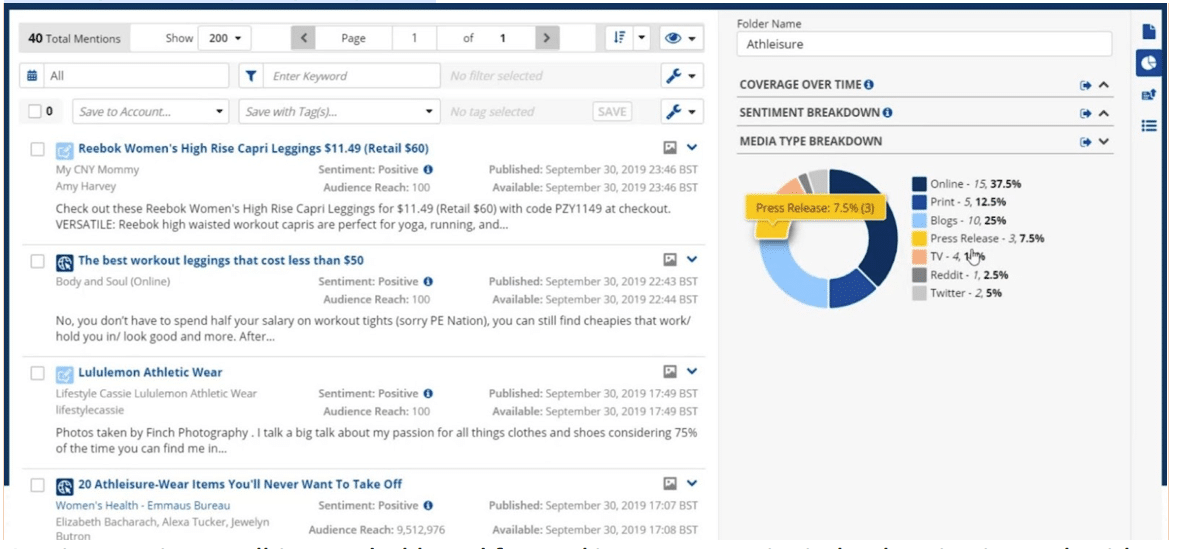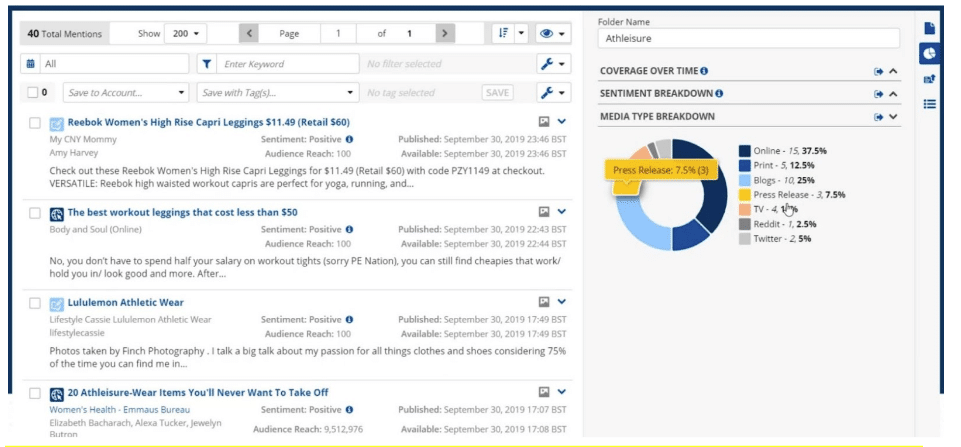There are good reasons why the PR market is booming and slated to hit $93 billion by 2021—it’s a challenging field to handle. PR companies are well aware of this, and high prices mean that not everyone can afford to engage them.
Thankfully, there are many tools that brands can use to take their first steps into the world of PR. From media databases to news monitoring services, technology can easily extend the reach of your team.
If this is your choice, you need to be aware that the PR world can be a little unforgiving. Bad blunders can sour relationships with media houses for an entire work generation. To prevent this from happening, make sure you avoid these common PR mistakes;
1. Don’t mistake PR for advertising
Many companies tend to drink their kool-aid when it comes to products. There’s often a great deal of top-down pressure that can create an atmosphere of hype. I’ve seen companies go rabid over things as small as what they name a color or call a particular function.
While this is unavoidable, remember that the media you’re engaging are general editorial staff. These are the people who create content for their readers. They’re not there to pass on your marketing hype, unlike in paid ads.
Do: Build a PR piece that focuses on value rather than stressing areas of internal importance.
2. Templates aren’t always the solution
Nowadays, there are templates for everything from building a budget to—you guessed it—writing a press release. While these can be useful in some areas, such as ensuring consistent brand messaging, they don’t fit well on a strategic level.
Members of the media receive mountains of press releases each day that can be impossible to cover. Careful thought needs to go into your pitch to avoid yours getting overlooked. This step is where templates get thrown out the window, and creativity comes to the fore.

Ubisoft’s PR partner takes the unimaginative “limited time sale” approach as their media pitch for this event.
Do: Pay special attention to email subject lines, as that’s the first hurdle to overcome when pitching to the media.
3. Remember that you’re pitching to professional writers
Regardless of the organization, many people tend to take a sloppy approach, especially when it comes to email. If that describes you, you’ll feel under even greater pressure when I remind you that media members are writers by profession.
There are several things to take note of regarding this point, but these are the two most vital;
- They have highly proficient language skills.
- Many will focus on niche content areas.
Sending a poorly written pitch or press release to a writer on an unrelated beat is a surefire way of getting it looked at in disgust. You’ve wasted a few minutes of their valuable time, and they might not deign to spare a second on your next attempt.
Do: Use a grammar checker even if you think your language skills are fine; they’ll help you catch more apparent bloopers. At the same time, know the people you’re pitching—they deserve that much professional courtesy from you if you want their time.
4. Always follow up on your pitch
While building the perfect press release and pitch may sound like a nightmare by now, it’s hardly even the beginning. Once that complex part gets settled, the real grunt work begins. Writers and editors are often busy, and some may not even have the final say in what finally makes it to print (or web).
Still, you need to be prepared to follow up closely to put a little pressure on them to give yourself a better chance. The challenge here is to follow up yet not turn that into a harassment campaign. Falling into the latter category will quickly send your pitch into the trash.
While you’re doing this, though, always remember to keep an eye on what’s been coming out. You’ll get egg on your face chasing a pitch that’s already made it to publication. It can also come across as your lack of interest in the publication.
Do: Send a short nudge as a reminder and keep it simple. You’re aiming to start a conversation if possible. At the same time, a media monitoring service could come in handy.
5. Don’t force an issue
After going through all the work of crafting the perfect materials and ticking off every checkbox, you might still get ignored or rejected. This occurrence isn’t necessarily anyone’s fault, even if your pitch fits that media outlet to a “T.”
Media outlets often have changes in direction or simply decide they need to place priorities in other areas for the time being. If you’ve lost this particular battle, there’s no need to hound them endlessly and try to force the issue. Nothing good will come of that.
Do: Try to understand the reason behind the rejection—knowing what’s behind a sudden shift in direction is valuable intel that can turbo-charge your next pitch or even present an opportunity.
6. Over-reliance on digital may not work
The PR system may sound relatively simple, thanks to the Internet and email. You build and send content digitally, saving lots of time. Yet this impersonal approach can easily cause you to lose out against a competitor who makes an effort to engage with the media personally.
The content you send across the wire is limited and doesn’t help you build trust and credibility. For example, a face-to-face meet can help you showcase your knowledge of the things you’re pitching or the industry-at-large.
Never underestimate the value of a casual meeting for coffee. It’s a fantastic investment in time that may pave the way for a long, fruitful PR relationship.
Do: Don’t wait for a pitch to engage with members of the media. Take one out to lunch when you’re “in their area” to build some rapport.
7. Failing to assess and assign media value
No two publications are alike, especially if you’re comparing them in a specific niche. It isn’t all about readership numbers but how well those publications can engage with their readers. From website authority rankings to social indicators, all of these contribute to the value of a publication.
It can be challenging to keep track of this, but general assessments can help you assign them into “tiers” can help you prioritize efforts and strategies. Given how many publications there are, you need to ensure your efforts are focused and effective.
Do: Take the time to build an effective outreach list that can be quickly broken down or segmented with varying objectives in mind.
Final thoughts
The PR ecosystem is a relatively closed-loop, and making a wrong impression spreads much more quickly than you think. You’ll often find yourself walking a fine line between juggling the wants of media outlets versus the corporate message that marketing will want you to spin.
Never forget the rules of engagement, though, so fight back internally when necessary. As the PR component, you’re the gatekeeper of the brand and how the media will ultimately portray it.





